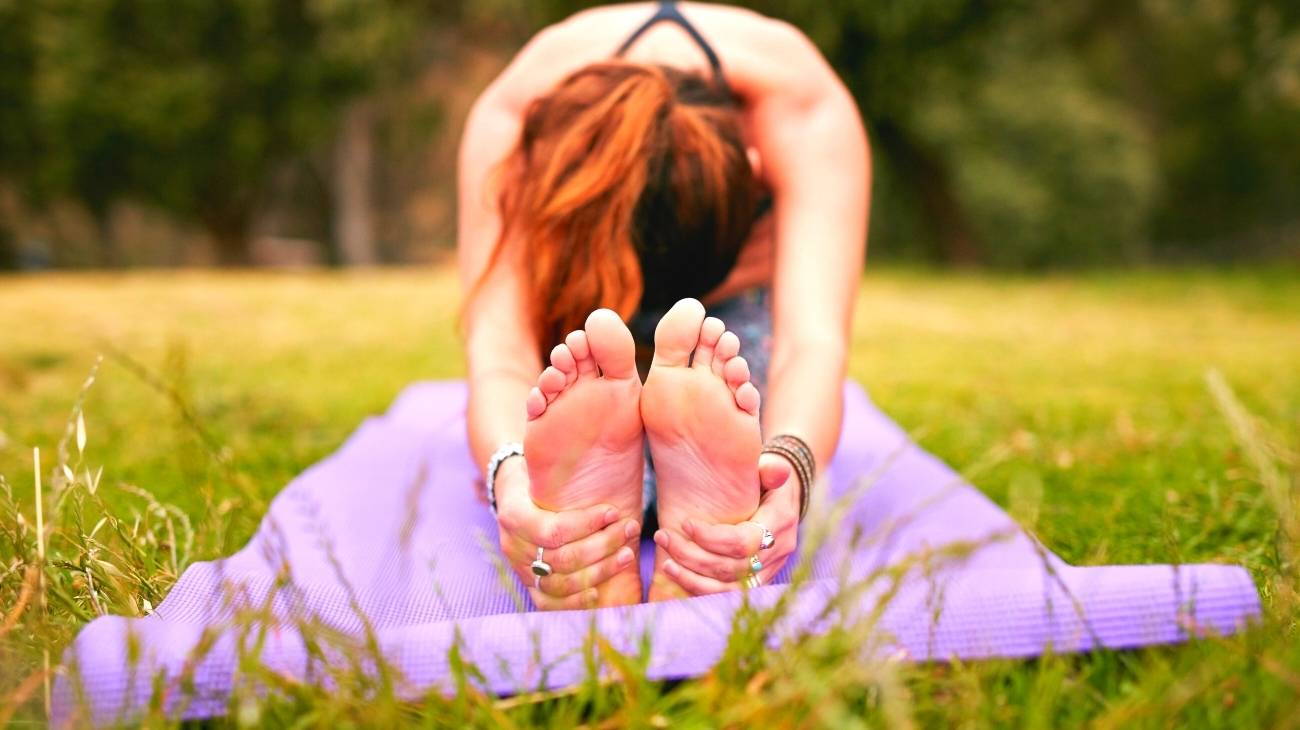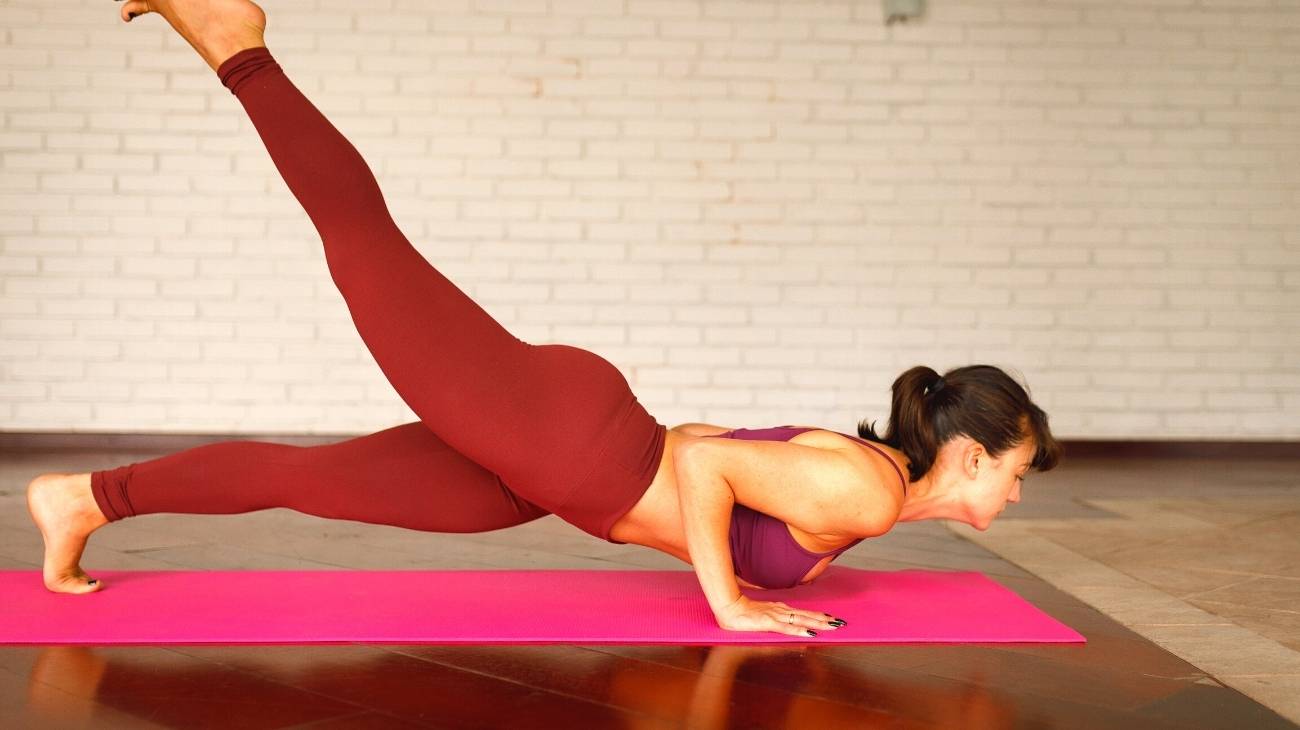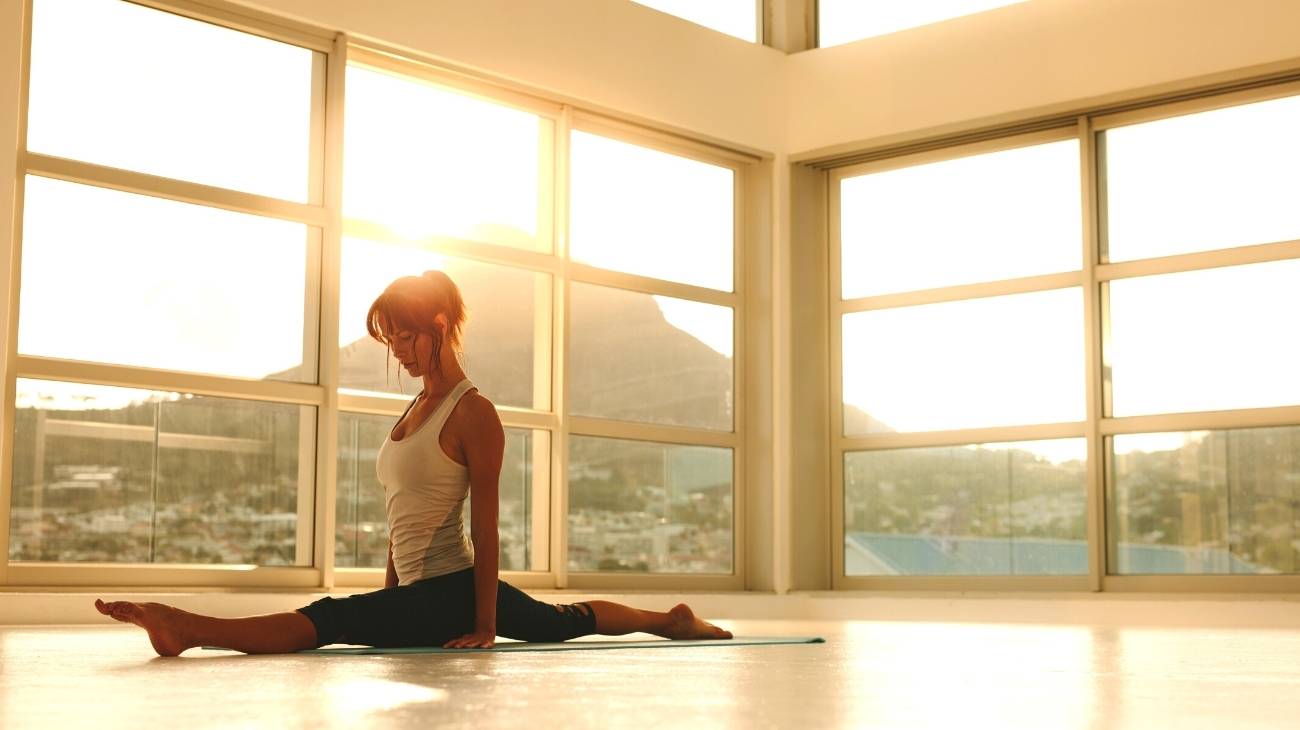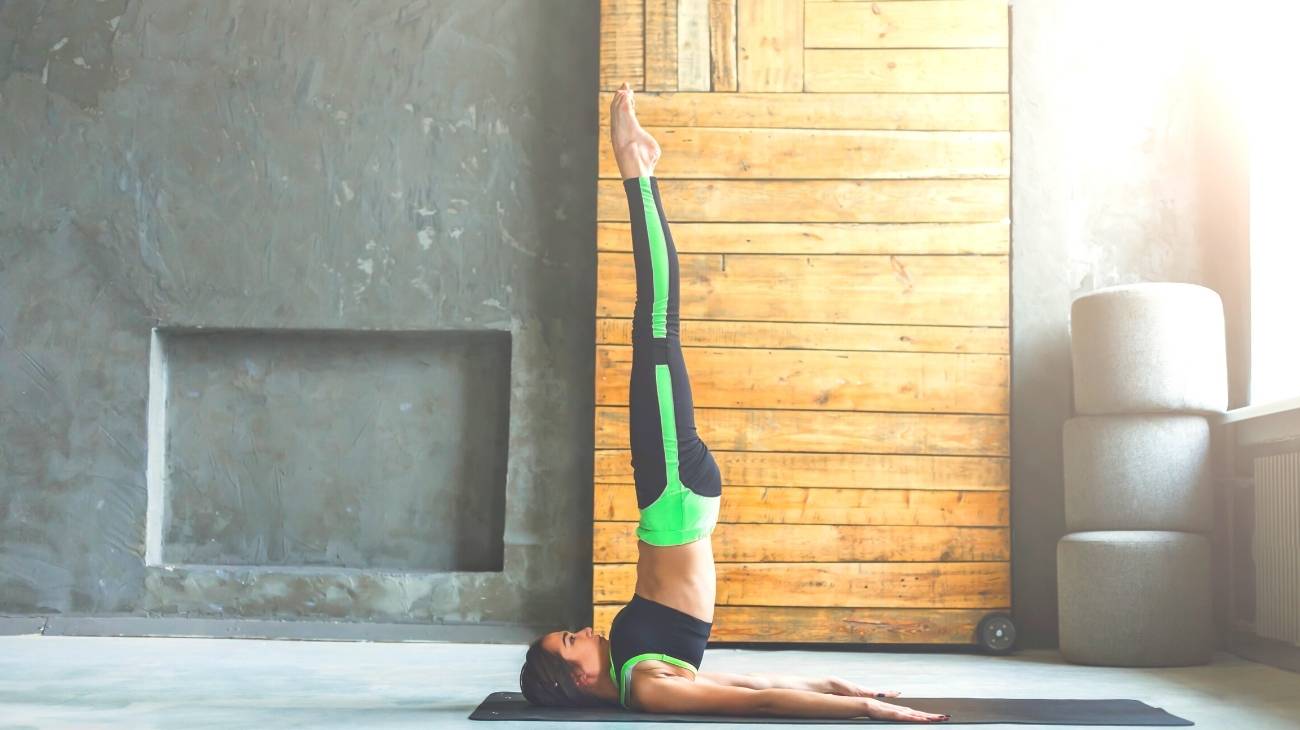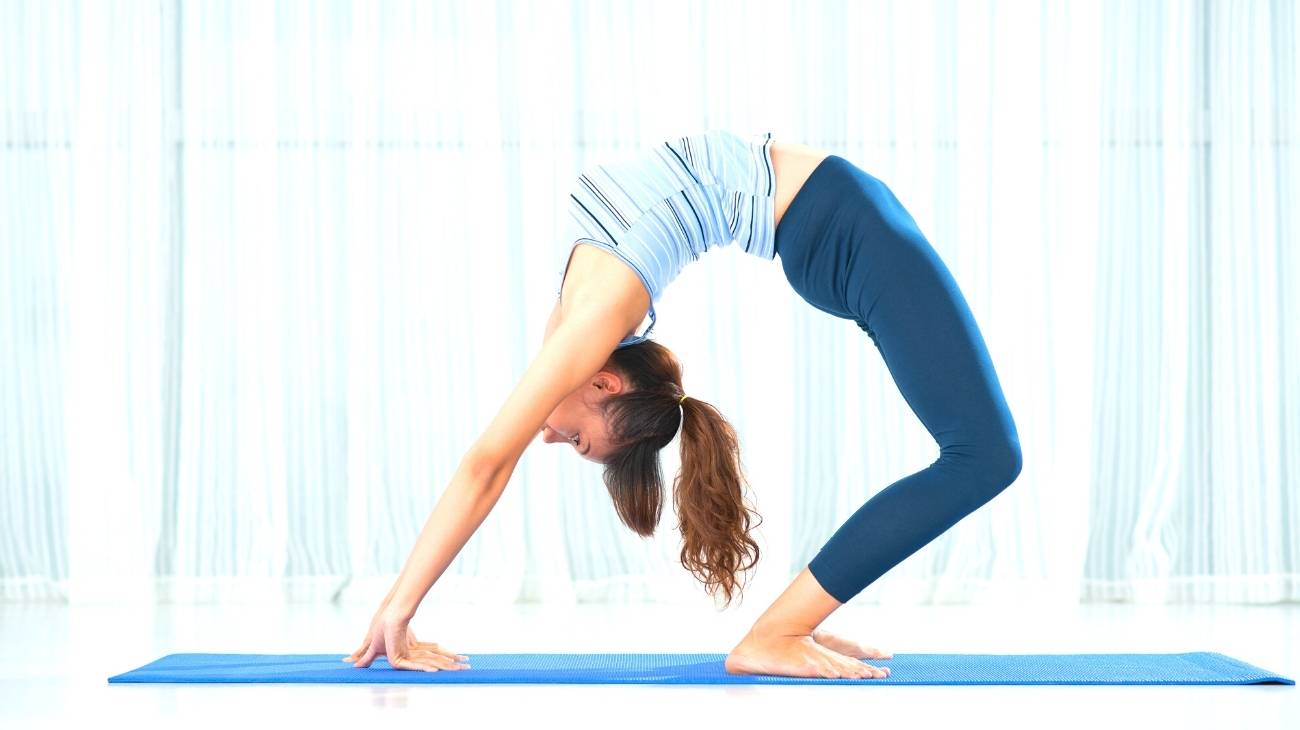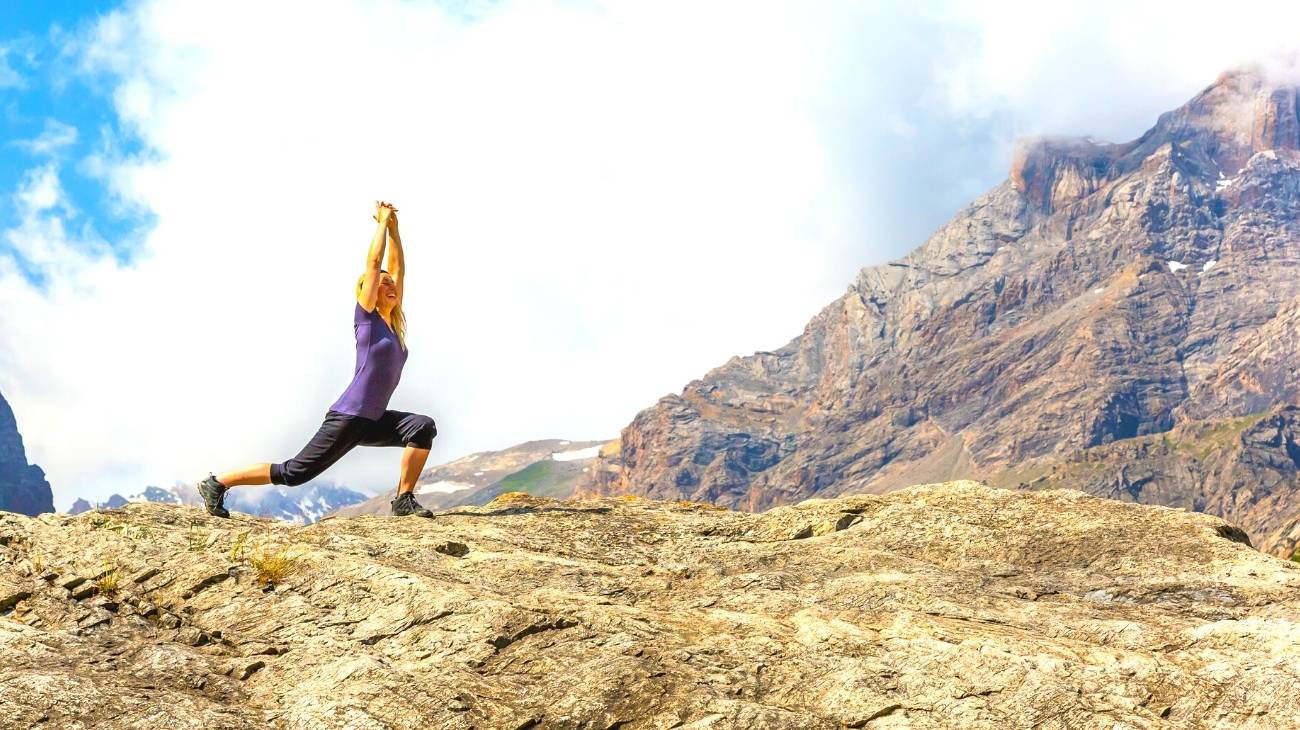It is common for people to practice yoga because it is a very beneficial discipline for the health and mind. But when it involves inverse postures, it tends to put pressure and tension on the cervical spine, causing many neck injuries. Among the main postures we can point out Shirshasana which involves standing on the hands and Sarvangasana on the shoulders.
They can also be caused by asanas where neck stretching and overstretching are performed. If you are a beginner or experienced yogi, you should continue reading the next post. Today we will introduce you to the main neck injuries and how to treat them with the PRICE therapy.
What are the most common types of neck injuries when doing Yoga?
Neck injuries are mainly due to poor posture technique or repetitive compression and strain on the neck. They are also common in beginner yogis who do not use neck supports. This causes compression of the cervical vertebrae and damage to the spinal nerves leading to stiffness and continuous pain.
These are the most common injuries that occur in this area in yogis:
Muscle contractures and tears
These are the result of sudden, continuous and repetitive movements at neck level. While performing the inverted postures where a constant tension is maintained, a shortening of the fibres is generated. This shortening is usually involuntary and persistent, which generates a lot of pain and muscle stiffness.
Herniated discs
They are caused by forced movements or incorrect posture when trying to stay upside down and putting weight on the neck. This causes a deformity in the spine causing the disc to bulge and also causes the spinal nerves to be pinched. This causes moderate to severe neck pain, which can radiate to the shoulders and arms. In addition, it can also cause numbness, loss of sensation and muscle weakness.
Cervical fractures
Fractures are breaks or fractures of the cervical vertebrae resulting from impact or trauma to the neck. These injuries are usually due to sprains, falls or direct blows. They can be severe and cause severe pain, weakness, loss of sensation and paralysis of the lower limbs.
Best products for neck injury recovery in Yoga
Bestseller
-
Microwave Wheat Bag for Neck & Shoulder Pain Relief (Hearts)
£24,95 -
Microwave Wheat Bag for Neck & Shoulder Pain Relief (Oxford)
£24,95 -
Microwave Wheat Bag for Neck & Shoulder Pain Relief (Sport)
£24,95 -
Microwave Wheat Bag for Neck Pain Relief (Hearts)
£20,95 -
Microwave Wheat Bag for Neck Pain Relief (Oxford)
£20,95 -
Microwave Wheat Bag for Neck Pain Relief (Sport)
£20,95 -
Microwaveable Wheat Bag for Pain Relief (Hearts)
£20,95 -
Microwaveable Wheat Bag for Pain Relief (Oxford)
£20,95
How to apply the RICE therapy to treat neck injuries in Yoga?
The neck area is a very delicate area when it comes to injuries, but in case of first aid the RICE therapy can be used. This method has been widely used for years, but has been updated a while ago to become the PRICE therapy. Its name comes from its acronym which stands for protection, rest, ice, compression and elevation.
You can follow these recommendations in case of neck injuries in yoga:
- Protection: When practising yoga and a neck injury occurs, it is important to protect the neck. Remember that it is a part of the body that involves many nerves and blood vessels. There are orthoses and supports for the cervical spine that will protect the area to prevent further injury.
- Rest: Rest at the neck level will be limited to avoiding movements and postures involving hyperflexion and hyperextension. It should not exceed 48 hours to avoid stiffness, and orthoses or support can be used to better comply with the rest.
- Ice: Cold packs or gel packs can be applied to the neck to reduce swelling and pain. Ice has always been an excellent choice as an anti-inflammatory and analgesic. It can be used for 15 minutes locally and repeated 6-8 times a day for 72 hours.
- Compression: Although the PRICE therapy includes compression as a technique to improve inflammation and oedema in the neck, it should not be used. Remember that the neck contains arteries and veins that send blood flow to the brain. Minimal compression would mean decreased blood flow to the brain.
- Elevation: Elevation in the neck cannot be carried out in view of the fact that it is located above the level of the heart by nature. It is best to use orthoses or joint supports to provide comfort of movement.
References
- Cramer, H., Quinker, D., Schumann, D., Wardle, J., Dobos, G., & Lauche, R. (2019). Adverse effects of yoga: a national cross-sectional survey. BMC complementary and alternative medicine, 19(1), 1-10. https://bmccomplementmedtherapies.biomedcentral.com/articles/10.1186/s12906-019-2612-7
- Monson, A. L., Chismark, A. M., Cooper, B. R., & Krenik-Matejcek, T. M. (2017). Effects of yoga on musculoskeletal pain. American Dental Hygienists' Association, 91(2), 15-22. https://jdh.adha.org/content/91/2/15.short
- Segal, N. A., Hein, J., & Basford, J. R. (2004). The effects of Pilates training on flexibility and body composition: an observational study. Archives of physical medicine and rehabilitation, 85(12), 1977-1981. https://www.sciencedirect.com/science/article/abs/pii/S0003999304003004
- Cantu, R. C. (1996). Head injuries in sport. British journal of sports medicine, 30(4), 289-296. https://bjsm.bmj.com/content/30/4/289.short
- Hrysomallis, C. (2016). Neck muscular strength, training, performance and sport injury risk: a review. Sports Medicine, 46, 1111-1124. https://link.springer.com/article/10.1007/s40279-016-0490-4
- Fishman, L., Saltonstall, E., & Genis, S. (2009). Understanding and preventing yoga injuries. International journal of yoga therapy, 19(1), 47-53. https://meridian.allenpress.com/ijyt/article-abstract/19/1/47/138142/Understanding-and-Preventing-Yoga-Injuries
- Cramer, H., Ostermann, T., & Dobos, G. (2018). Injuries and other adverse events associated with yoga practice: A systematic review of epidemiological studies. Journal of science and medicine in sport, 21(2), 147-154. https://www.sciencedirect.com/science/article/abs/pii/S1440244017310502
- Swain, T. A., & McGwin, G. (2016). Yoga-related injuries in the United States from 2001 to 2014. Orthopaedic journal of sports medicine, 4(11), 2325967116671703. https://journals.sagepub.com/doi/pdf/10.1177/2325967116671703
- Le Corroller, T., Vertinsky, A. T., Hargunani, R., Khashoggi, K., Munk, P. L., & Ouellette, H. A. (2012). Musculoskeletal injuries related to yoga: imaging observations. American Journal of Roentgenology, 199(2), 413-418. http://holisticyogatherapyinstitute-org.aheartoftheworld.com/attachments/Yoga%20Injuries%20Musculoskeletal.pdf
- Wiese, C., Keil, D., Rasmussen, A. S., & Olesen, R. (2019). Injury in yoga asana practice: Assessment of the risks. Journal of bodywork and movement therapies, 23(3), 479-488. https://www.sciencedirect.com/science/article/abs/pii/S1360859218304455


































